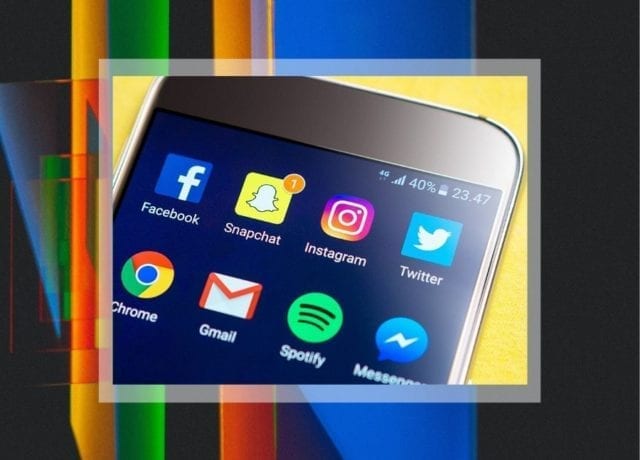Snapchat is reporting growth in daily active users and subscriptions to its Discover content. What does that mean as publishers continue to find better ways to utilize digital media?
Yes, Snapchat is still a thing — in fact, it’s growing. From Q1 to Q2 2019, the social media platform added 13 million daily active users. With its Discover feature, Snapchat is giving publishing partners the chance to reach an audience of over 200 million users.
And that format is proving itself for both Snapchat and publishers.
Snapchat’s Format Proves Itself
“What was once a money pit for some publishers is now becoming more of a gold mine,” writes Deanna Ting at Digiday. Ting is referring to growth reported by a number of Snapchat publishing partners, including Hearst, Whistle, Group Nine, ESPN and NBCUniversal. More specifically, both Snapchat and Hearst both reported 40 percent YoY growth in subscriptions on the Discover feature.
The growth in audience and ROI is there.
“We have seen a notable increase in the previous few months and the trajectory of revenue growth we have seen has been particularly encouraging. It is definitely becoming a larger share of our media and social distribution business,” Joe Caporoso, senior vp of content and brand platforms at Whistle, told Digiday. “We have been encouraged by the revenue trajectory across all our franchises, including NewForm and Vertical Network properties, within the last quarter.”
So what does this mean for publishers?
Emulating the Content and Advertising of Snapchat
Partnering with Snapchat or other social media platforms may not be an option for most publishers, but they can still glean something from the success.
“It’s an exercise in figuring out what works without wasting too much time, money or effort in the process,” writes Ting. What works, it seems, is content created specifically with social, short form platforms in mind.
Snapchat’s main draw for both consumers and publishers is the personalization. Users get personalized feeds of their favorite content, and publishers use the platform to serve personalized, automatically placed ads based not only on user interests but also their behavior on the platform. Snapchat will show different numbers and types of ads to users who watch longform content versus those who swipe quickly, for example.
Publishers should be asking both how they can replicate similar content on their own properties and emulate the advertising model for brands.
“Social is the new cable pipeline,” Ashish Patel, chief insights officer at Group Nine, told Digiday. “Where we want to operate are on platforms where audiences are migrating to and spending time. Snapchat, at that time, was doing well with younger users with Stories product and we saw a lot of success there.”
The format, in other words, is not necessarily limited to Snapchat. TikTok is a more recent iteration of personalized, social content with a much larger (if more narrow) audience than its older counterpart.
There’s no question that creating social-first content (let alone Snapchat-specific content) requires an investment from publishers. But now, at least, the ROI is clear.




